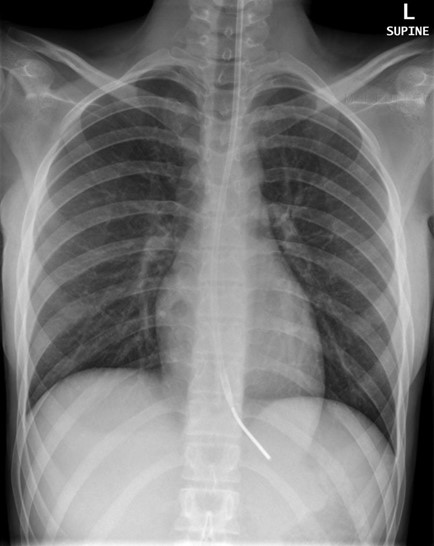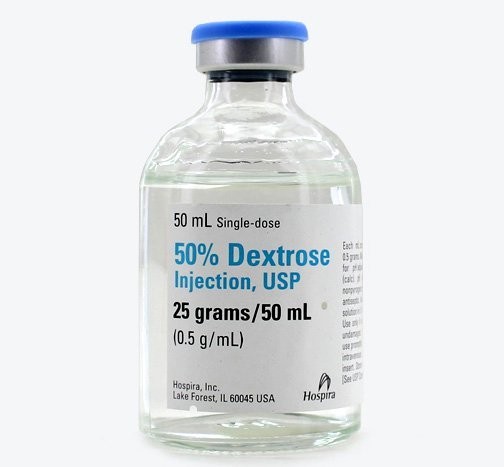The client had a nasogastric tube placed two days ago. Which nursing action provides the most reliable means to assess placement of a client's nasogastric tube, prior to each medication administration?
Place end of tube in water and observe for bubbling.
Using auscultation technique.
Measure pH of aspirates.
Radiographic confirmation.
The Correct Answer is D
Radiographic confirmation. Radiographic confirmation is the most reliable method to verify the placement of nasogastric tubes, and it is considered the gold standard. The nurse should use it to confirm placement initially and periodically to ensure that the tube is in the stomach and not in the lungs or esophagus.

Option A, placing the end of the tube in water and observing for bubbling, is incorrect because it is not a reliable method, and it can cause aspiration or infection.
Option B, using the auscultation technique, is incorrect because it can lead to misinterpretation of bowel sounds, and it is not reliable.
Option C, measuring pH of aspirates, is incorrect because it is not a reliable method, and it can be affected by several factors, including medications, stress, and nutritional status.
Nursing Test Bank
Naxlex Comprehensive Predictor Exams
Related Questions
Correct Answer is D
Explanation
Cerebrospinal fluid is cloudy in nature. Cloudy cerebrospinal fluid is a sign of infection or inflammation in the central nervous system, and lumbar puncture can be used to obtain cerebrospinal fluid for diagnostic purposes. The nurse should report this finding immediately to the physician for further evaluation and management.
Choice A, client states a piercing feeling, is incorrect because a piercing feeling is common during the procedure due to the insertion of the needle into the subarachnoid space.
Choice B, physician maintains aseptic procedure, is incorrect because maintaining aseptic technique during the procedure is standard protocol to prevent infection.
Choice C, client states a pressure relief in the head, is incorrect because this is not a concerning finding during the procedure.
Correct Answer is D
Explanation
A blood glucose reading of 48 is considered low and requires immediate intervention to raise the client's blood sugar. Intravenous dextrose solution is the fastest way to raise blood sugar levels in an unconscious client. Glucagon and cortisone can also be used to raise blood sugar levels, but they are not the first-line treatment for hypoglycemia.
Choice A, orange juice, is not appropriate for an unconscious client as they cannot swallow or drink.

Whether you are a student looking to ace your exams or a practicing nurse seeking to enhance your expertise , our nursing education contents will empower you with the confidence and competence to make a difference in the lives of patients and become a respected leader in the healthcare field.
Visit Naxlex, invest in your future and unlock endless possibilities with our unparalleled nursing education contents today
Report Wrong Answer on the Current Question
Do you disagree with the answer? If yes, what is your expected answer? Explain.
Kindly be descriptive with the issue you are facing.
